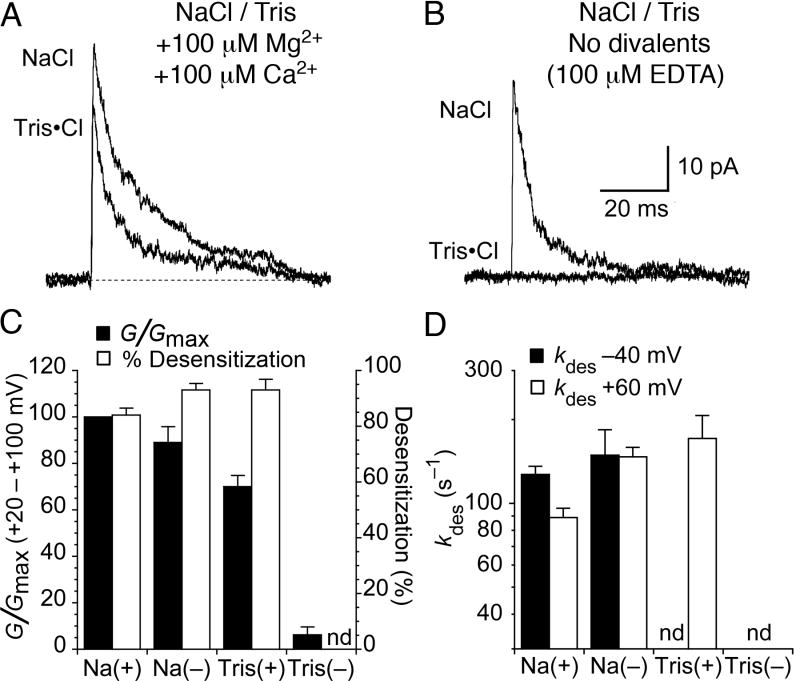Figure 3. The GluR6 M739D mutant is modulated by divalent cations.
(A) Glutamate activated outward currents recorded in the same patch, in control NaCl solution, and when Na+ was replaced by Tris. In contrast to the near complete loss of response for wild type GluR6, the rate of onset of desensitization increased only 1.6-fold, and the peak amplitude decreased by only 30 ± 5 %. Both solutions contained 100 μM Ca2+ and 100 μM Mg2+.
(B) In the same patch as in (A), when Ca2+ and Mg2+ were omitted and trace divalent cations chelated with 100 μM EDTA, the removal of divalent ions had little effect on the outward current in 150 mM NaCl, but resulted in near-total abolition of responses recorded with Tris as the external cation (6 ± 3% of control, n = 5).
(C) Bar plot showing the effect of 100 μM Ca2+ and 100 μM Mg2+ (+) and EDTA (-) on slope conductance and %desensitization for responses recorded with either Na or Tris. Steady-state desensitization in Tris in the absence of divalent cations was not determined (nd) because the residual current was too small to measure. Data shown from six patches; error bars indicate SEM.
(D) Consistent with channel block by divalent cations, desensitization of the M739D mutant was slower at positive potentials for responses with 100 μM Ca2+ and 100 μM Mg2+ present (Na+). The rates of desensitization were the same at −40mV and at +60 mV when divalent cations were chelated with EDTA (Na−). We did not observe appreciable inward currents in external Tris, and the outward current in Tris without divalent cations was too small to reliably determine the desensitization rate. Bars represent the mean ± SEM for five to eleven patches.

